Authors: Robert E. Grant, Amanda Kennedy, Talal Ghannam
We propose a novel class of spirals that are based on perfect polygonal formations. The spirals are defined by a fractal of right triangles that delineate their geometry and determine their progression rates and modes. We show how these spirals match naturally occurring ones, including hurricanes and galaxies, much better than any previous model, which allows for a more accurate categorization of these phenomena and a better prediction of their physical properties.
Our universe is defined by various patterns and forms, with spirals being the dominant among them, observed in the faraway galaxies as well as in hurricanes and tornados, plants and trees, water flow, DNA, etc. They are like the archetypical patterns upon which most types of matter, living and nonliving, organize themselves. Therefore, understanding the physical properties of these fundamental shapes and the mechanisms by which they form is essential to our understanding of the whole universe, on the macroscopic level as well as on the microscopic one.
The general research on the topic concentrated mainly on the hyperbolic logarithmic spiral (HLS) model1, with the Euler number e (2.718…) working as the expansion factor, such as in spiral-arms galaxies. However, this approach did not produce reliable models that perfectly fit the observed forms of all spirals2,3. Moreover, it requires adjusting the pitch of the spiral by certain factors in order for the model to fit the observed patterns. For example, the equation ln(r – r0) = A1 + B1(θ) was proposed as a good fit for some of the rain bands of hurricanes4. As obvious, many parameters must be included in order to force the logarithmic spiral to match the natural one. And still, the results vary from good to not that so.
Prior research drawings:



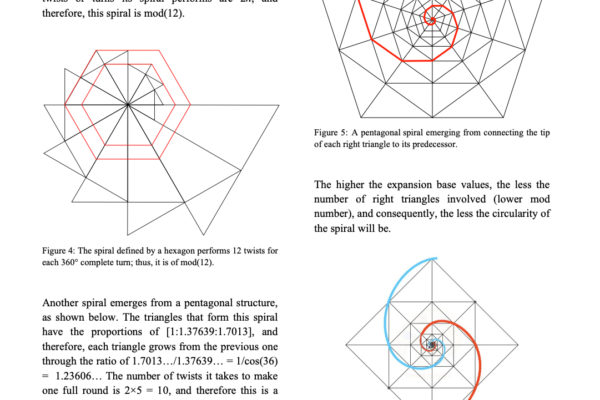
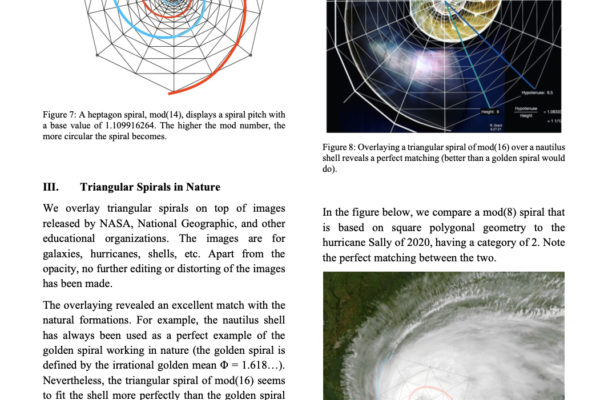
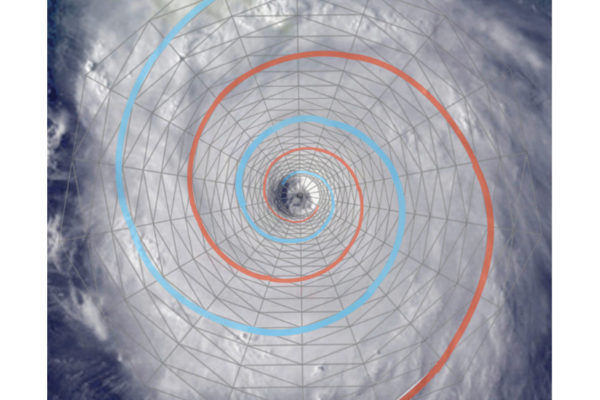
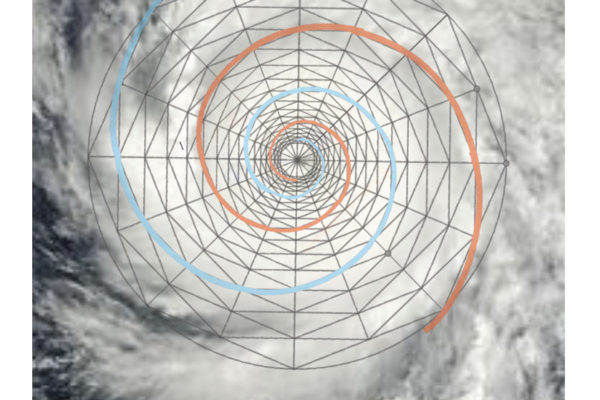
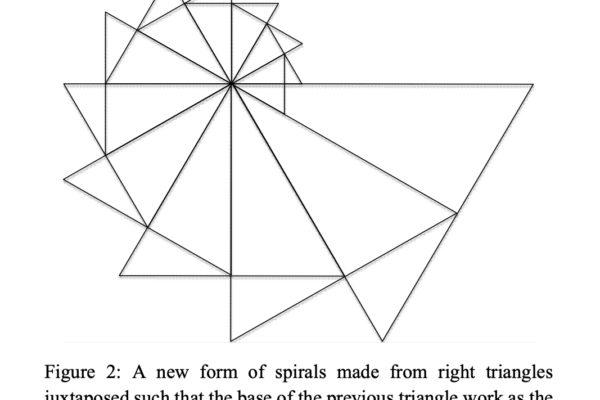
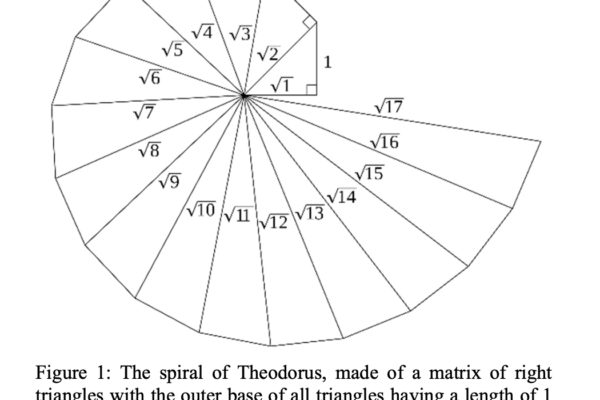
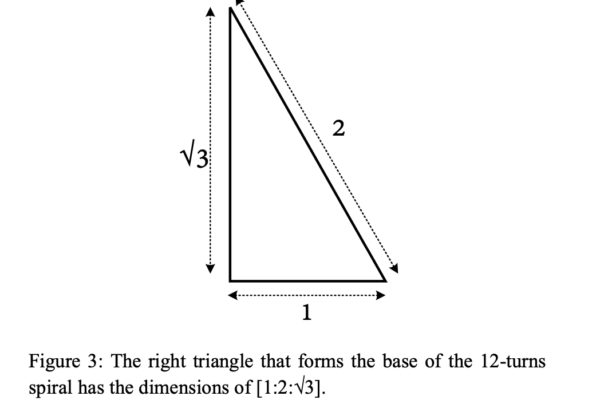
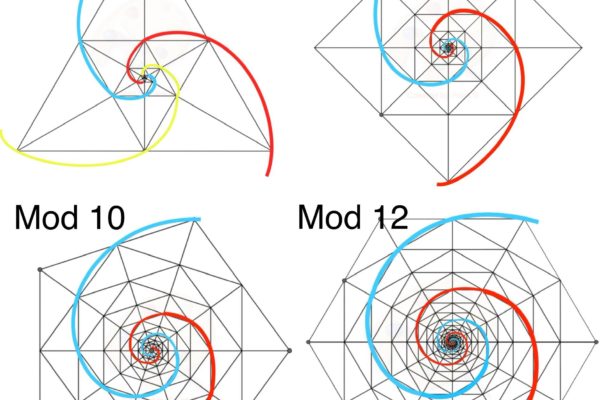
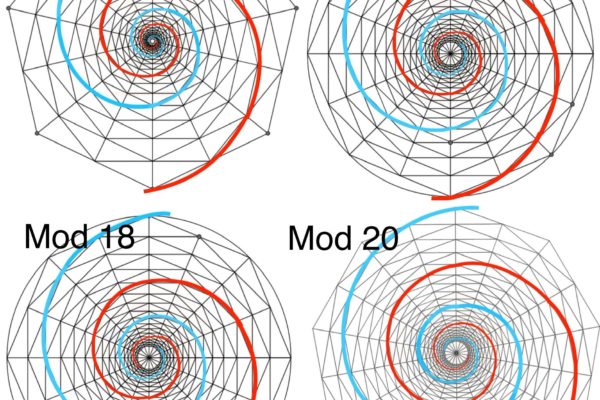
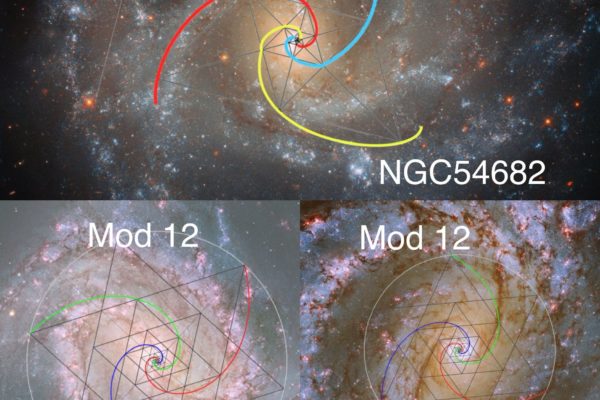
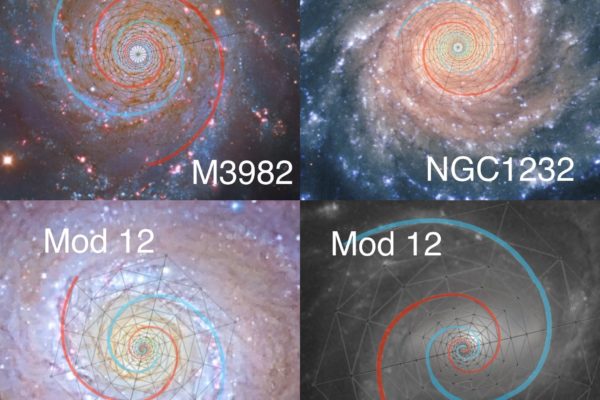
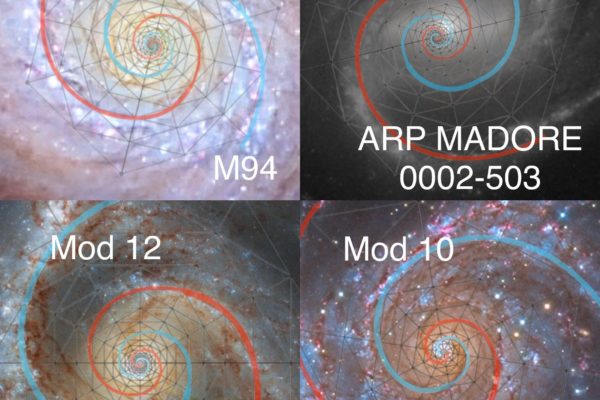


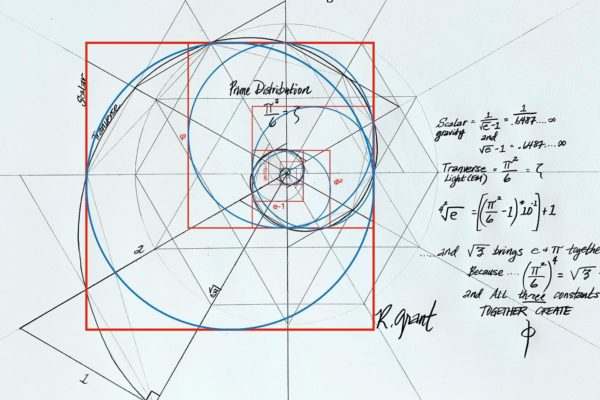
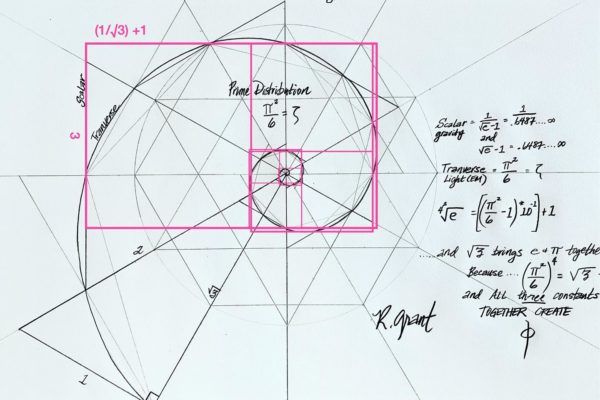
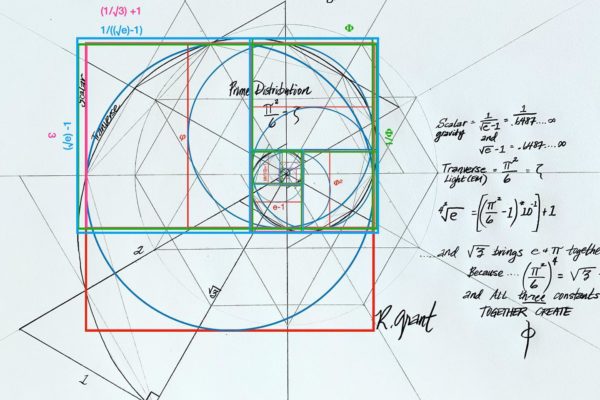
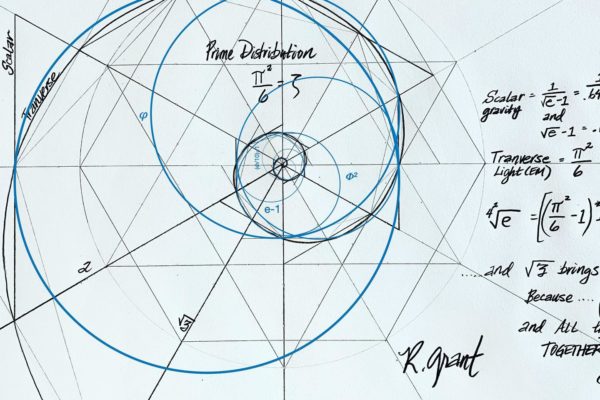
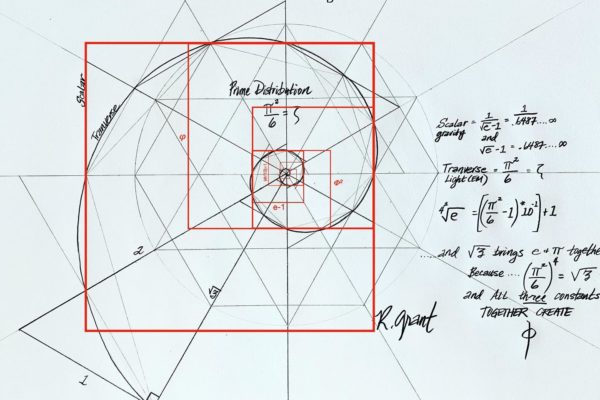
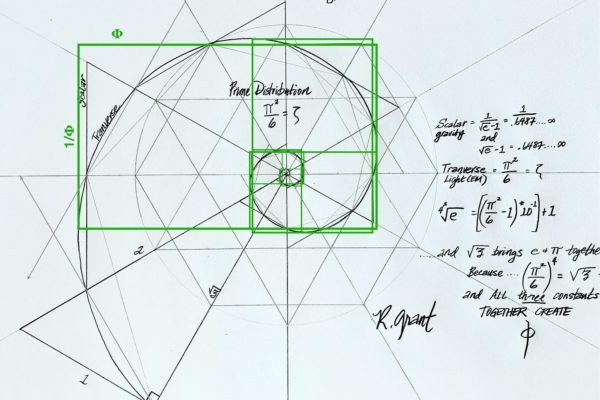
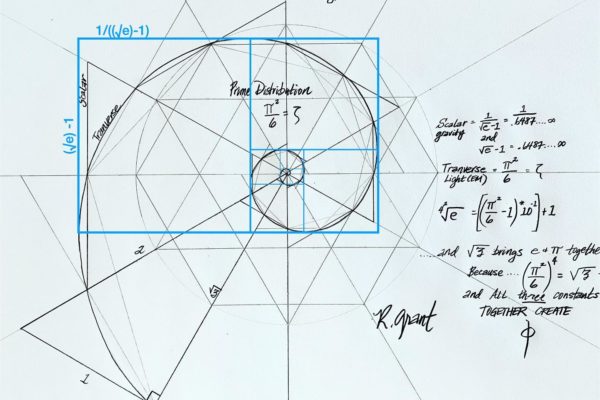
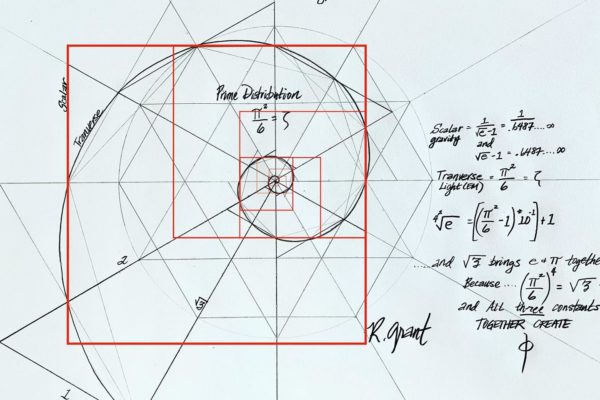


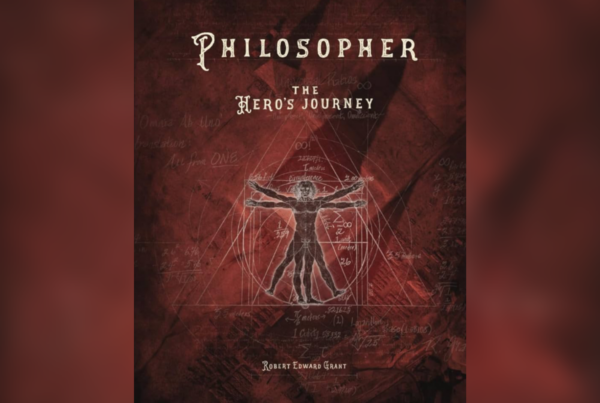

I think that the Fibonacci spiral is the universal pattern of everything that exists. The movement of the galaxies, the forms, the thought … Yes! This behaves in the form of a spiral and I am trying to demonstrate this experimentally by considering various proposals from volunteers and weighting their responses as a percentage. The algorithm performs the unique group voice and claims that 85% follow the Fibonacci spiral behavior !!!
I think the work of Robert Edward Grant is an excellent contribution to humanity. It is a pity that Spanish speakers cannot access this knowledge. I can start translating the books and articles into perfect Spanish. I understand what these writings explain. I have a great foundation in physics and mathematics. I am also knowledgeable in numerology and esotericism. I want to help in this wonderful work. I have some books written and translated on Amazon on Nikola Tesla’s dynamic theory of gravity. With all my heart my congratulations and wishes for success!